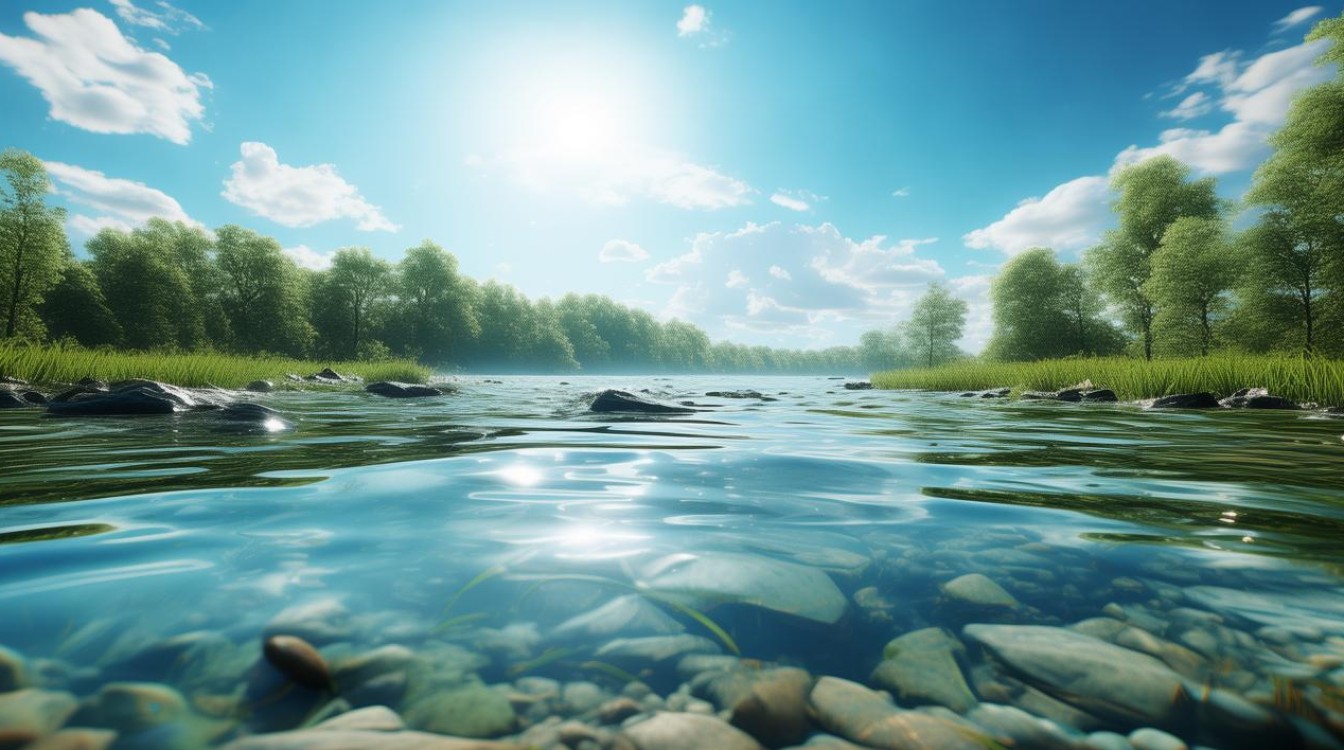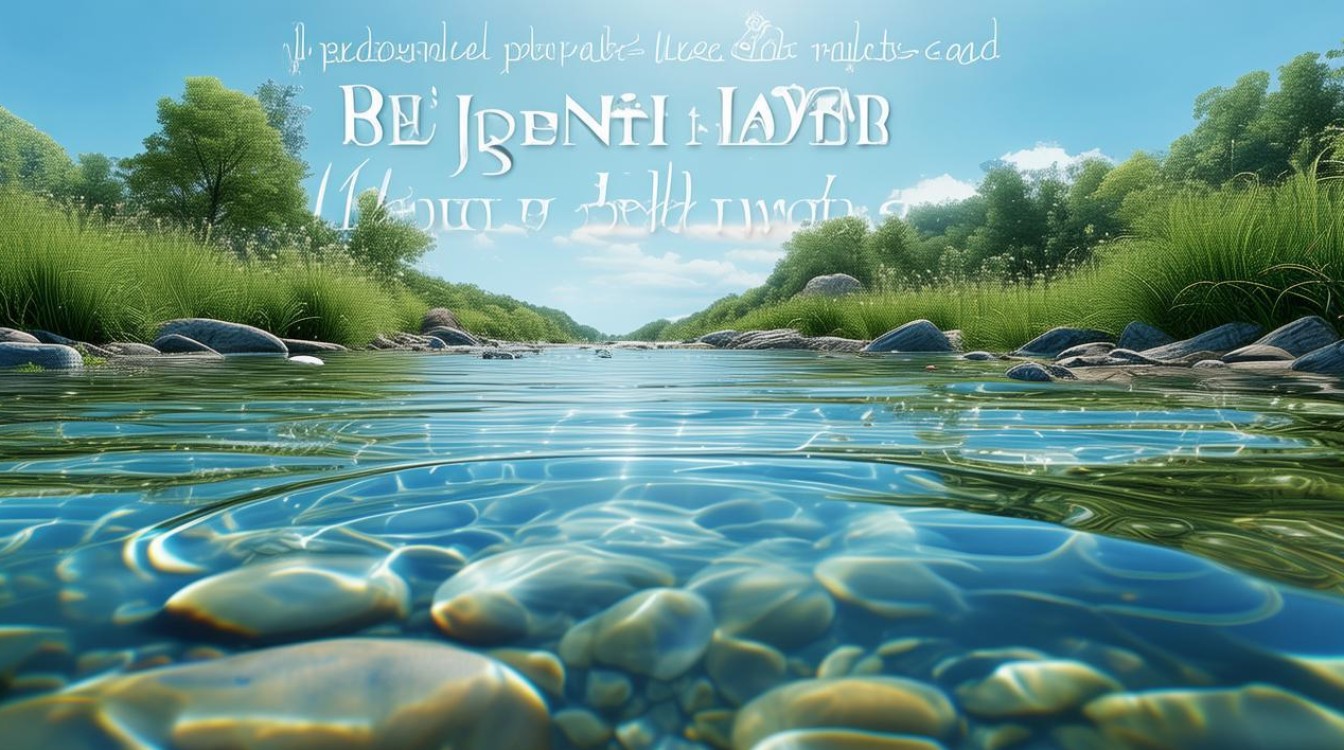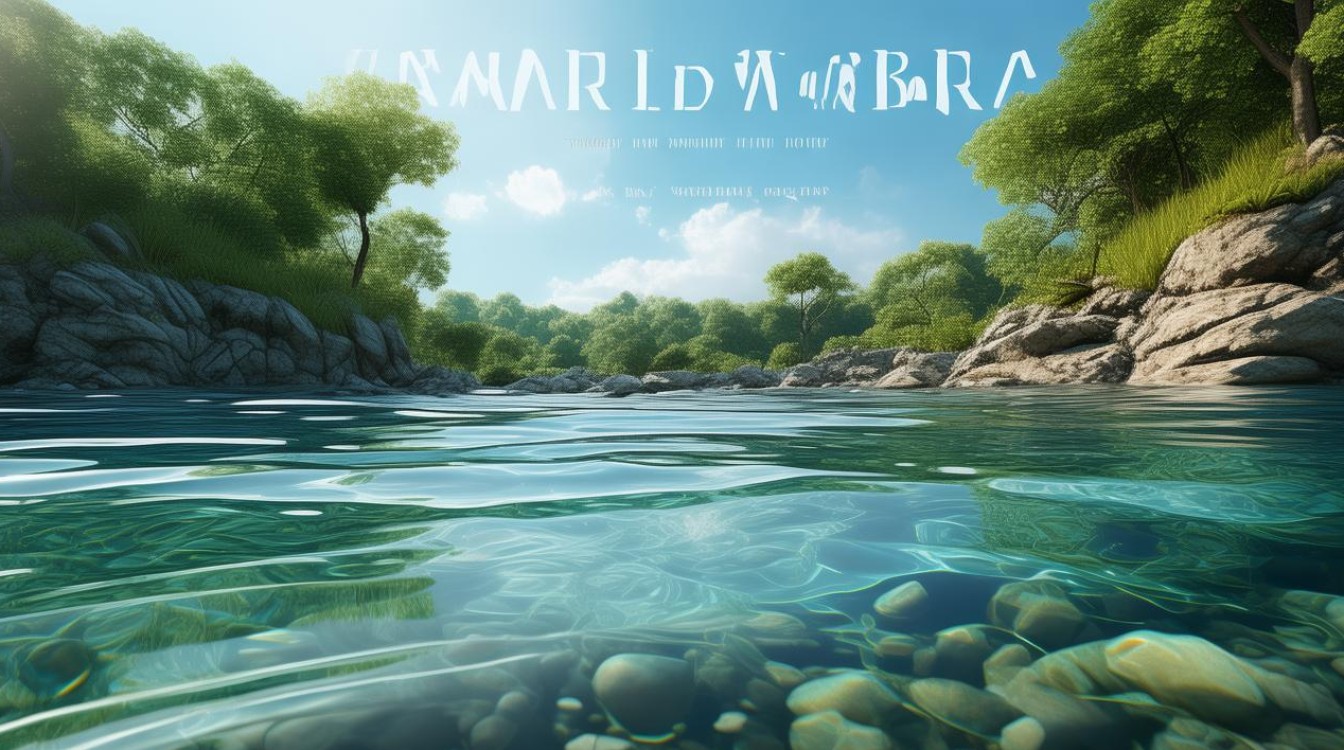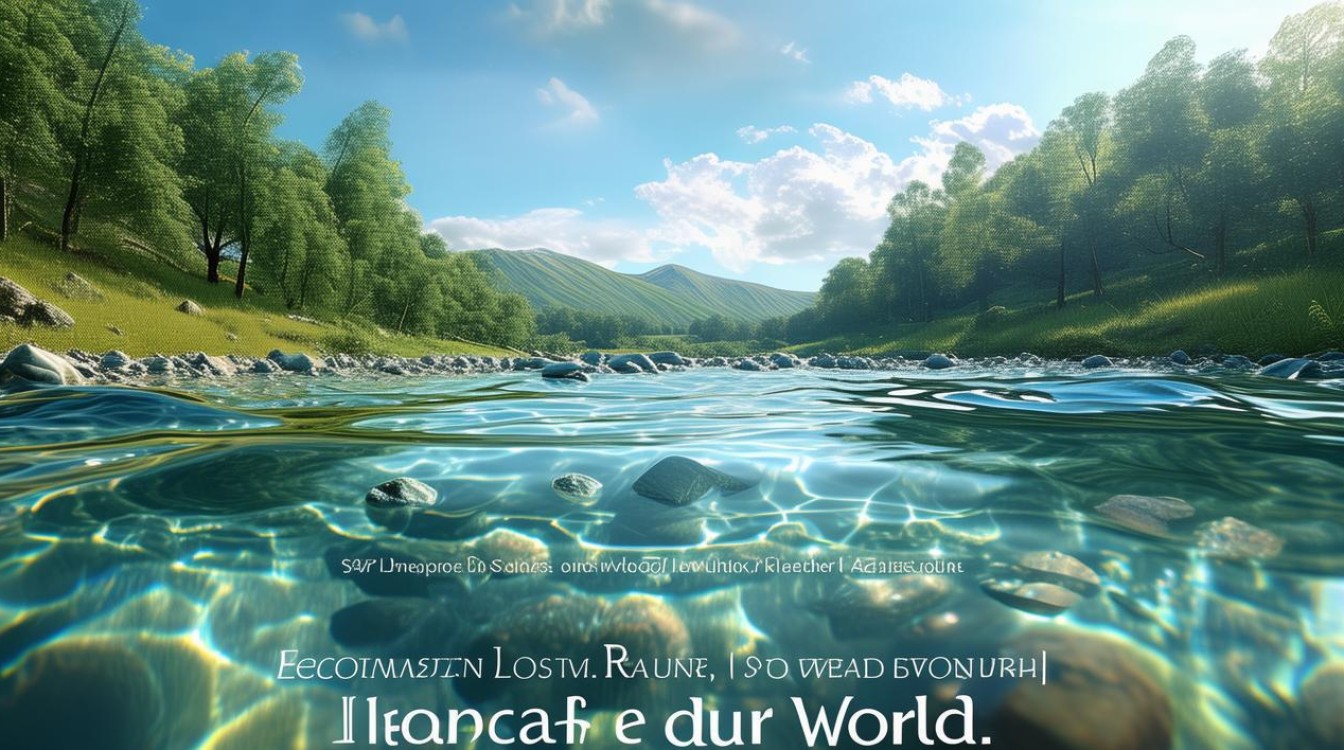Rivers have always played a vital role in shaping civilizations, ecosystems, and human life. Flowing continuously, they carry water, nutrients, and life across vast distances, connecting mountains to oceans and people to resources. Their presence is not just a geographical feature but a symbol of movement, change, and sustenance.

The Lifeline of Nature
Rivers are the veins of the Earth, supporting diverse ecosystems. From tiny insects to large mammals, countless species depend on rivers for survival. Fish like salmon and trout thrive in freshwater, while birds such as herons and kingfishers rely on rivers for food. The lush vegetation along riverbanks provides shelter and nourishment for animals, creating a delicate balance in nature.
Wetlands formed by rivers act as natural filters, purifying water and preventing floods. These areas absorb excess rainfall, reducing the risk of soil erosion and protecting nearby communities. Without rivers, many landscapes would turn arid, and biodiversity would suffer greatly.
Rivers in Human History
Since ancient times, rivers have been central to human development. The Nile, Tigris, Euphrates, and Indus nurtured early civilizations, providing water for drinking, farming, and transportation. Societies flourished along these waterways, building cities and cultures that still influence us today.

Trade routes often followed rivers, allowing goods and ideas to spread. In medieval Europe, the Rhine and Danube facilitated commerce between nations. Even now, rivers remain crucial for shipping and industry, supporting economies worldwide.
The Cultural and Spiritual Connection
Beyond their practical uses, rivers hold deep cultural and spiritual meaning. Many religions consider them sacred, like the Ganges in Hinduism or the Jordan in Christianity. People gather by rivers for rituals, festivals, and meditation, finding peace in their flowing waters.
Art and literature have long celebrated rivers. Poets write about their beauty, painters capture their reflections, and musicians compose songs inspired by their rhythms. Rivers symbolize time, change, and the journey of life, resonating with human emotions.

Environmental Challenges
Despite their importance, rivers face severe threats. Pollution from industrial waste, plastic, and chemicals contaminates water, harming wildlife and human health. Over-extraction for agriculture and cities reduces flow, drying up once-mighty rivers.
Dams, while useful for energy, disrupt natural habitats and fish migration. Climate change worsens these issues, causing unpredictable rainfall and droughts. Protecting rivers requires global cooperation, sustainable practices, and stronger conservation efforts.
Personal Reflection
Standing by a river, watching its endless motion, reminds me of life’s constant flow. Rivers teach resilience—they adapt to obstacles, carve paths through rock, and keep moving forward. Their beauty lies not just in their waters but in their ability to sustain, inspire, and connect.

Preserving rivers is not just an environmental duty but a commitment to future generations. By valuing these natural wonders, we ensure they continue to nurture life, culture, and the planet.

